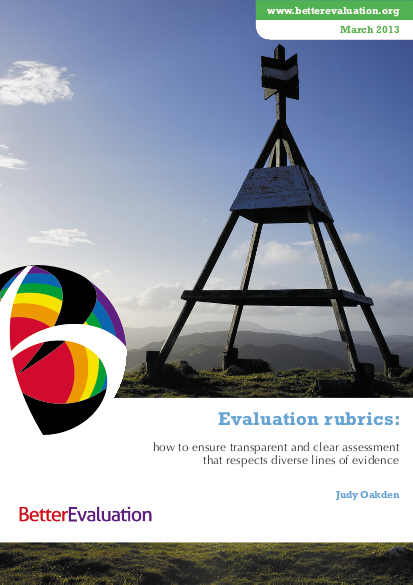
Independent external evaluators generally have to work within a range of constraints. Often there is less than ideal availability of time, money, or data. This article presents an example of how a team of external evaluators worked around these constraints on an evaluation in the education sector. The evaluation process incorporated the use of a logic model to identify boundaries. It also featured the use of rubrics, to make evaluative judgements – their use supported robust data collection and framed analysis and reporting. The evaluation used a mixed-methods approach, which included qualitative and quantitative survey data as well as existing project data, which helped build up a rich evidential picture. Furthermore, an indigenous Maori1 perspective was present throughout the evaluation ensuring Maori views were heard, respected, and actioned within this mainstream project.